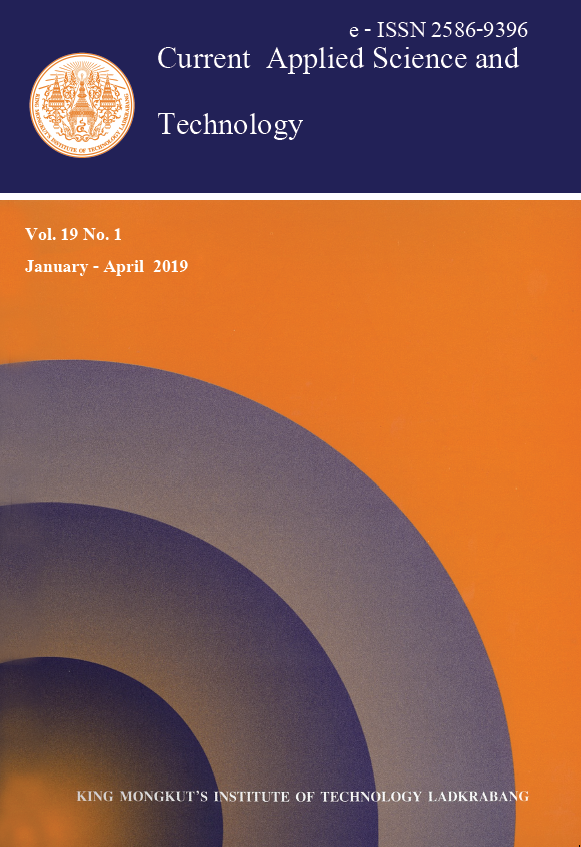The objective was to study the effect of maturity at harvest and drying temperature on antioxidant activity and physiochemical properties of ginger (Zingiber officinale). The effects of two different maturities of harvest, i.e. 6 months and 9 months were examined. It was found that the contents of carbohydrate and fiber values increased in the 9-month sample. The 9-month sample was higher in total phenolic contents (5.08 µmol Tannic acid/g), DPPH (85.33% inhibition), ABTS (42.23 µmol Trolox/g) and FRAP (13.78 µmol Trolox/g) than the younger 6-month sample. In essential oil constituents, the 9-month sample contained higher amounts of geranial (28.31%), neral (15.29%), β-phellandrene (13.32%), campene (7.77%) and α–zingiberene (6.17%) in comparison to the 6month samples. The 9-month sample contained the highest level of 6-gingerol (24.36 mg/g). Therefore, the ginger harvested at 9 months was selected for the study of different drying temperatures. Drying times and temperature to achieve moisture content below 10% at 308 min, 60°C were proven to be the best condition as it achieved the highest total phenolic content (12.21 µmol Tannic acid /g), DPPH (91.35%), ABTS (223.50 µmol Trolox/g) and FRAP (42.39 µmol Trolox/g). Ginger contains 45 volatile compounds and the highest main compounds being αzingiberene (18.28%), α-farnesene (10.73%) and geranial (12.42%) when drying temperature was at 60°C. The content of 6-gingerol was also found to be the highest in the sample dried at 60°C (12.57 mg/g).
Keywords: Zingiber officinale; ginger; maturity; antioxidant; volatile compounds; drying
Corresponding author: E-mail: niramon.u@cmu.ac.th
Sida, S. ., Samakradhamrongthai, R. S. ., & Utama-ang*, N. . (2019). Influence of Maturity and Drying Temperature on Antioxidant Activity and Chemical Compositions in Ginger. CURRENT APPLIED SCIENCE AND TECHNOLOGY, 28-42.
